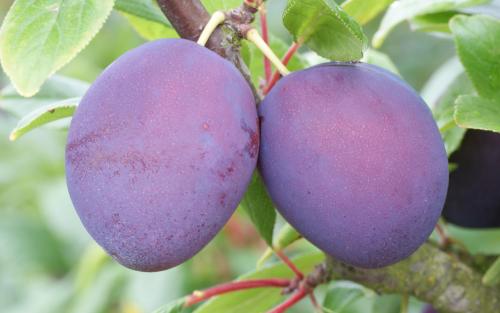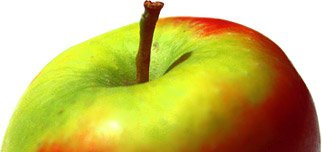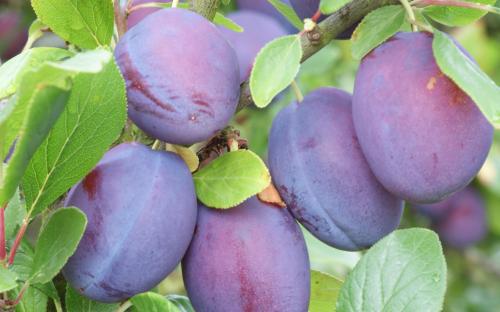
A large dark purple plum with yellow flesh, similar to Marjorie's Seedling, but with a sweeter flavour.
Valor is generally considered self-fertile but some authorities believe it is self-sterile.
Valor plum identification images
All images copyright Orange Pippin unless otherwise stated.
USDA identification images for Valor
The identification paintings in the USDA Pomological Watercolor Collection span the years 1886 to 1942.
Citation: U.S. Department of Agriculture Pomological Watercolor Collection. Rare and Special Collections, National Agricultural Library, Beltsville, MD 20705.
Visitor reviews
- 09 Apr 2022 SHROPSHIRE, United KingdomA strong growing tree that seems to do very well when we have a cold, wet season. It just wants to grow upwards and after many years of trying to get it into goblet shape I've let it do what it wants. I planted 50 back in the early 90s in a frost pocket which they cope with admirably
- 28 Sep 2018 WORCESTERSHIRE, United KingdomIn my opinion Valor provide the perfect balance of sweetness and acidity, the flesh retains some texture even when fully ripe and they are well worth eating after 2 weeks in the fruit bowl, a superb plum and one that I'm pleased to recommended most highly for both eating and cooking.
Tree register
United Kingdom
- Billy Auger in Hopton Wafers, SHROPSHIRE
- Clifford Cain in Doncaster, SOUTH YORKSHIRE
Poland
- Richard in Krakow,
Origins
- Species: Prunus domestica - European plum
- Parentage: Imperial Epineuse x Grand Duke
- Originates from: Vineland, Canada
- Introduced: 1968
- Developed by: University of Guelph, Department of Plant Agriculture
Identification
- Awards: RHS AGM (current)
- Country of origin: Canada
- Period of origin: 1950 - 1999
- Fruit colour: Purple
- Flower colour: White
- Leaf colour: Green
- Annual cycle: Deciduous
Using
- Picking season: Very late
- Keeping (of fruit): 1-3 days
- Flavour quality: Good
- Cropping: Heavy
- Fruit persistence: Normal ripening
- Food uses: Eating fresh
- Food uses: Culinary
- Picking period: late September
- Wildlife: RHS Plants for Pollinators
Growing
- Gardening skill: Average
- Flowering group: 3
- Pollinating others: Average
- Vigour: Slightly large
- Bearing regularity: Regular
- Growth habit: Upright
- Self-fertility: Not self-fertile
Climate
- Frost resistance of blossom: Some resistance
- Cold hardiness (USDA): Zone 4 (-34C)
- Climate suitability: Temperate climates
- Climate suitability: Mild damp climates
- Summer average maximum temperatures: Cool ( 20-24C / 68-75F)
- Summer average maximum temperatures: Warm (25-30C / 76-85F)
- Cold hardiness (RHS): H5 (to -15C)
Other qualities
- Disease resistance: Average
- Plum pox virus / Sharka: Some resistance
Where to buy fresh fruit
No orchards have registered as growing this variety. If you grow this and want to register please go to our Orchard Registration form.


